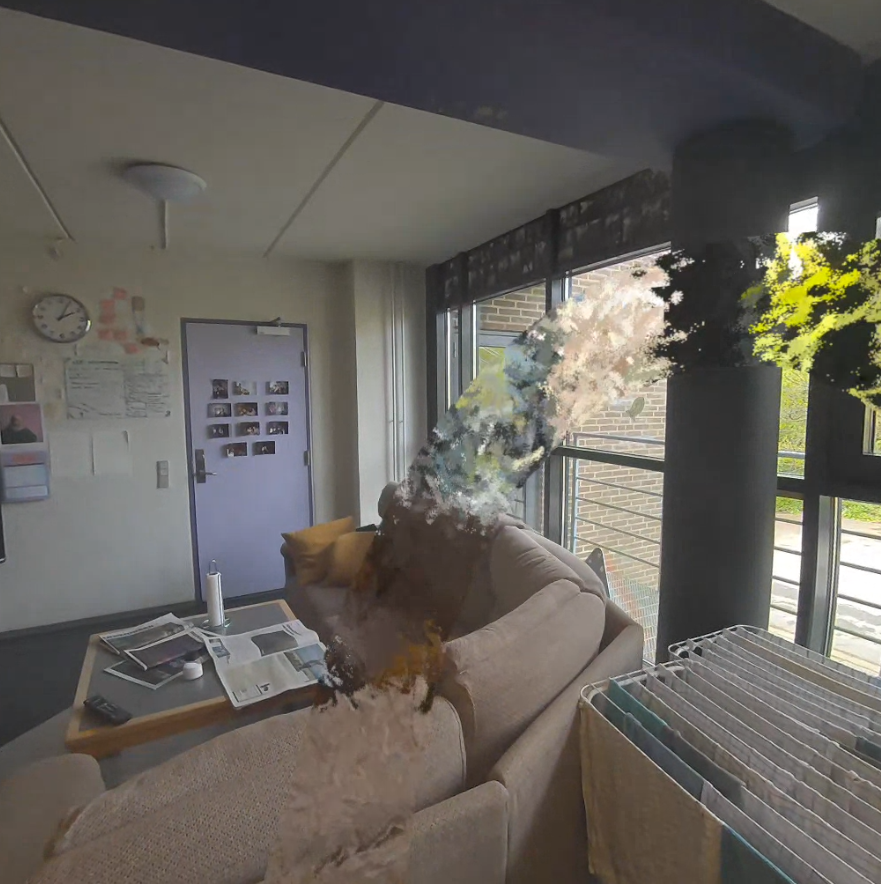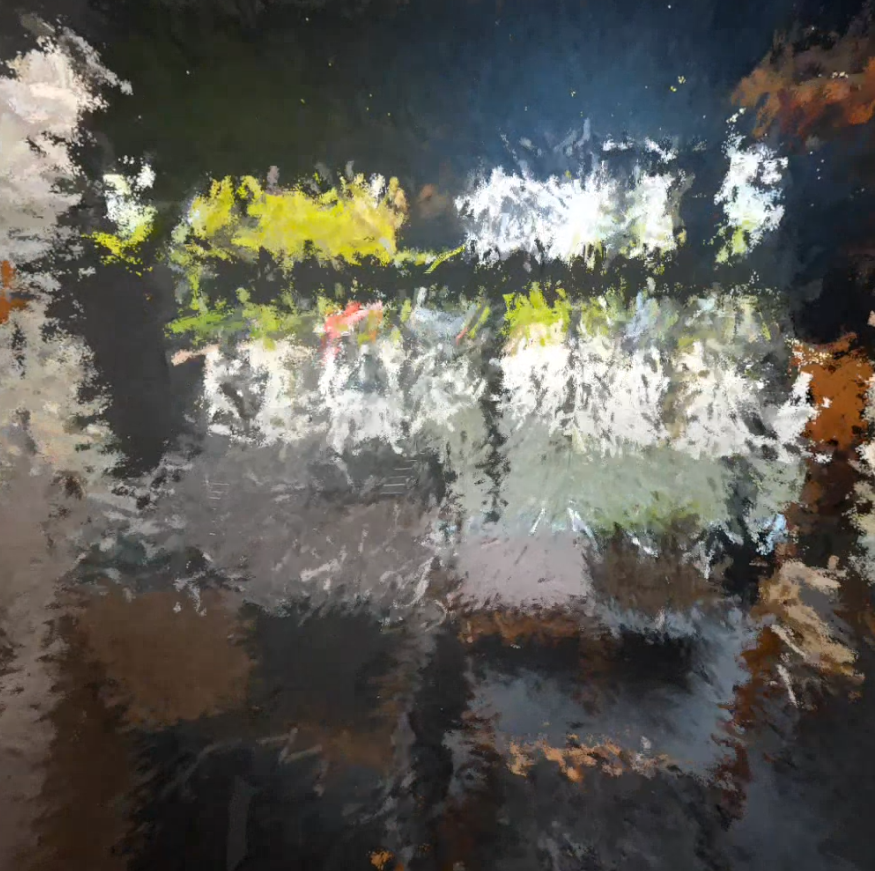Game Log 3 - Imagine
Game Log 3 - Imagine
Imagine-Methods we used
Citizen Experience Mapping
This method is about creating a persona for the player experience of the game concept. However, we had already decided on what the player should see, do and hear during the game. The player is a painter and should therefore see how he turns the real world into a painting. At the same time, we plan on adding the voice of a king who comments on these actions. This can be in the form of praise for turning the real world into a romanticised version or in the form of criticism when bad influences corrupt that perfect world. This should then make the player think about how paintings can be misleading and how the entire time period was essentially showing a fake reality. Going further, this can even be connected to today's news, where some headlines are exaggerated or completely fake. Thereby, it can help the player think more critically about the things they perceive.
Decision Dash
We were all already in agreement about the important design decisions and wanted to go ahead with the game as we described it in Game Log 2. For this reason, we did not use the decision dash method. However, we still got together to create a list of important To-Dos for the playtest, such as prioritising the work on the shader, the positive influence models, as well as the negative influences. As that is the core of the game. Tasks like making the drawing work and adding game elements such as refilling the paint, sounds or screens for the beginning and end of the game will be done later.
Interactive Mockup
We attempted to create an interactive mockup as the final Imagine Method. For the playtest, we prepared a basic shader to showcase the experience of seeing the world as a painted image. This is the first step to including the artworks from AROS and their drawing style into our game. Additionally, we added four "positive" 3d models that the player can move to occlude bad influences. These bad influences are currently still spawned manually and do not have their final 3d models.
As we began adding the ability to paint the shader onto the game world, we noticed a problem. The pencil only worked when using a version of the SDK that didn't yet support the Passthrough API. For this reason, we decided to switch to using a controller for the painting instead.
Playtest Feedback
Our playtest didn't go as planned on the first try, as we had trouble building the game onto the quest. Therefore, we had to postpone it. During our following playtest session, we were able to expand on our original plans for the playtest and added the ability to draw as well as an improved version of our shader. This brought the connection from the artworks to the game much more into the foreground. There were still some parts missing, as there currently was no narrative. Instead, we told the story as they experienced the game.
As feedback, we got that the immersive experience of seeing the world through the shader was very unique. All playtesters enjoyed the game in its current state and, upon hearing the plans for the future, said that they would fit within what we have. They also recognised the connection of the game to culture and how it can make the player think about different things, like the life of an artist during this period and how they had to balance fulfilling other people's wishes while being true to their artistic self.
However, there were also some things we needed to improve on for the final product. During the playtest, the game itself lacked any form of introduction or guidance, which would make it hard for someone who doesn't know about XR to fully enjoy the immersive experience. Similarly, we also need to make sure the player is motivated to follow the "script" of the game and continue painting. These are aspects we hope our narrative will fix.
In the following, we showcase some screenshots to help you understand how the game/shader looks and how it changes reality:


Get Brush Hour
Brush Hour
Group project for the EPIC-WE Cultural Game Jam
| Status | Prototype |
| Author | aarandlautim |
| Genre | Role Playing |
| Languages | English |
More posts
- Game Log 4 - CreateMay 13, 2025
- Game Log 2 - PlayApr 03, 2025
- Game Log 1 - ExperienceMar 24, 2025
Leave a comment
Log in with itch.io to leave a comment.